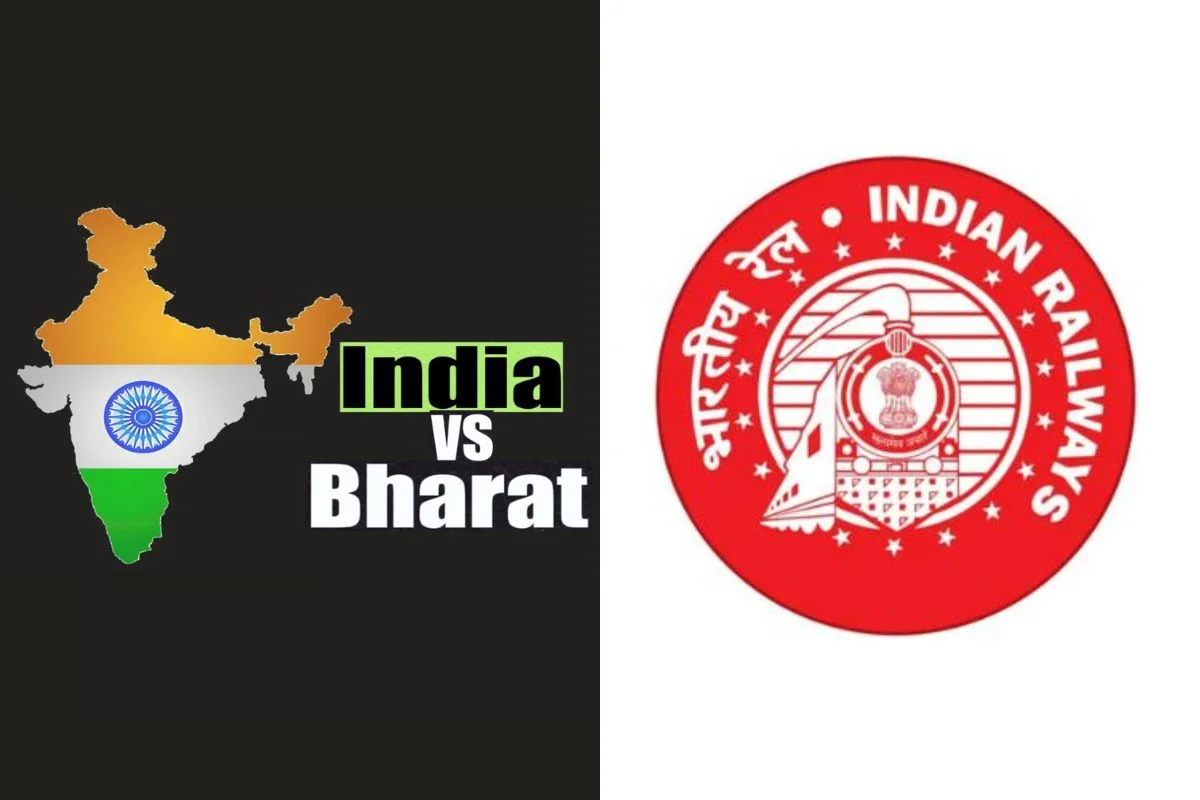India Vs Bharat: The government distributed two pamphlets on Tuesday in advance of the G20 summit amid the dispute over the names India and Bharata. ‘Bharat, the Mother of Democracy’ is the title of one of them. The pamphlet, which will be presented to the dignitaries, states that “Bharat is mentioned in the Constitution and discussions from 1946 to 1948” and that it is the official name of the nation.
Bharat’s Democratic Ethos Through the Ages

The booklet is 26 pages long and claims that obtaining the public’s approval before making decisions about government has always been a part of life in Bharat, or India. With examples from religions, hymns, and epics like the Ramayana and Mahabharata, it describes the “democratic ethos in Bharat” from antiquity to the present.
The Essence of Indian Democracy
“According to the Indian ethos, democracy comprises values such as harmony, freedom of choice, freedom to hold multiple ideas, acceptability, equality, governance for the welfare of the people, and inclusivity in society. All of these allow its common citizens to lead a dignified life,” the booklet reads.

The ‘President of Bharat’ Invitation Stir
The booklet’s release coincides with a controversy over President Droupadi Murmu‘s G20 dinner invites, which read “President of Bharat.” This caused a stir and fueled rumours that the administration intended to rename India during the impending extraordinary session of Parliament. It goes on to discuss examples of democratic elements found in the Ramayana and Mahabharata. According to the pamphlet, Lord Rama was crowned king in the Ramayana after his father Dashratha sought agreement from both the people and his council of ministers. According to the booklet, Bhishma, the dying patriarch in the Mahabharata, taught Yudhishthira the principles of good administration and stressed the significance of ensuring the wealth and happiness of the populace.
Buddhism’s Democratic Influence
The book then discusses the advent of Buddhism, which, under the rule of various rulers, including Chandragupta Maurya and Chhatrapati Shivaji Maharaj, significantly influenced the development of India’s democratic culture. The Indian Constitution and its historical relevance are then discussed. “The Constitution of India outlines a modern, democratic Republic while retaining aspects of past democratic models from our rich history,” it says. The government additionally published a 15-page booklet on “Elections in India.” This ebook traces the history of Indian general elections from the first one, conducted in 1952, to the most recent one, held in 2019. Additionally, it provides data on election-related developments, such as the number of political parties, electorates, women’s participation, and the creation of India’s Election Commission. But nowhere in this brochure is the word “Bharat” mentioned.
Keep watching our YouTube Channel ‘DNP INDIA’. Also, please subscribe and follow us on FACEBOOK, INSTAGRAM, and TWITTER












